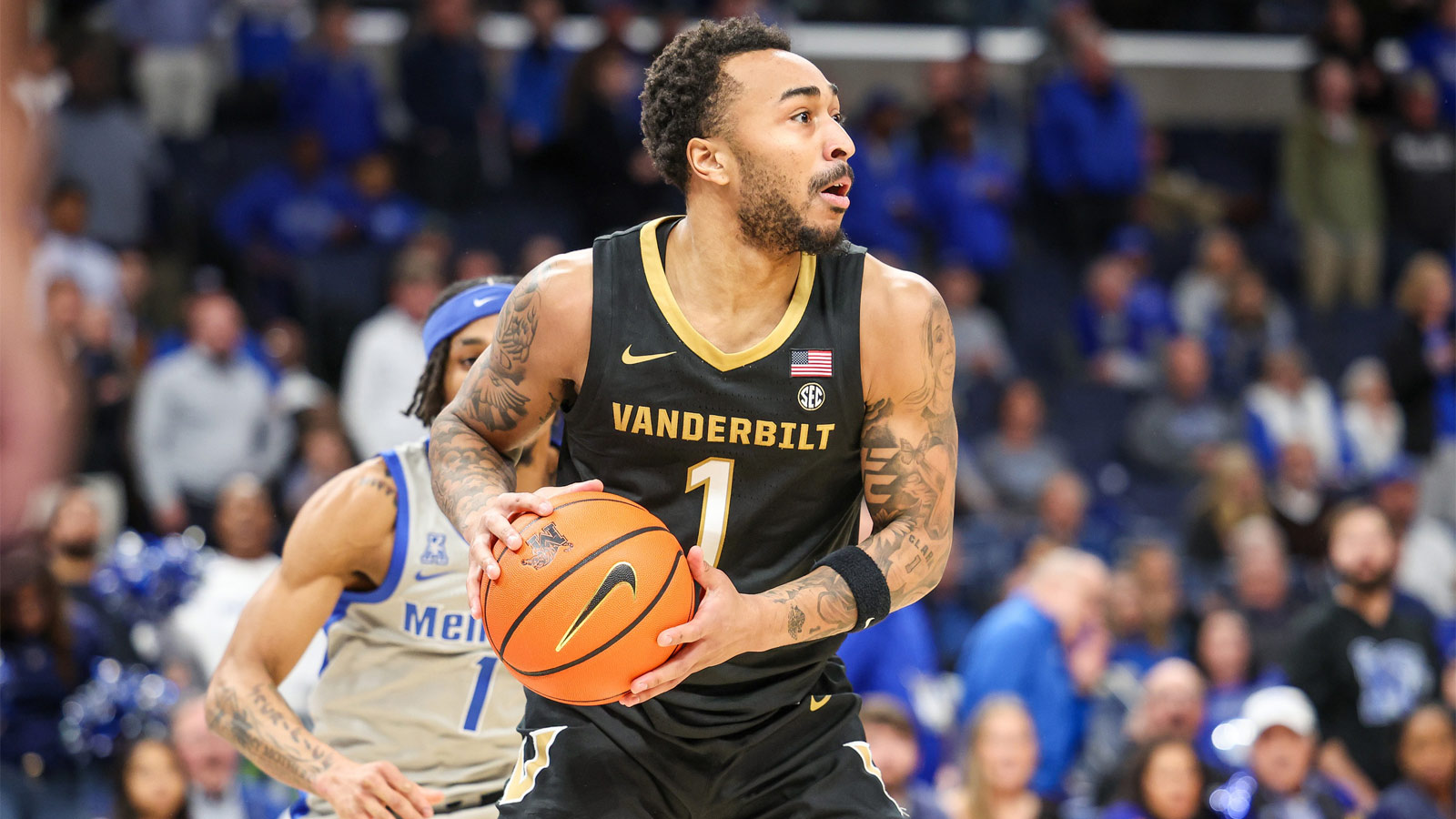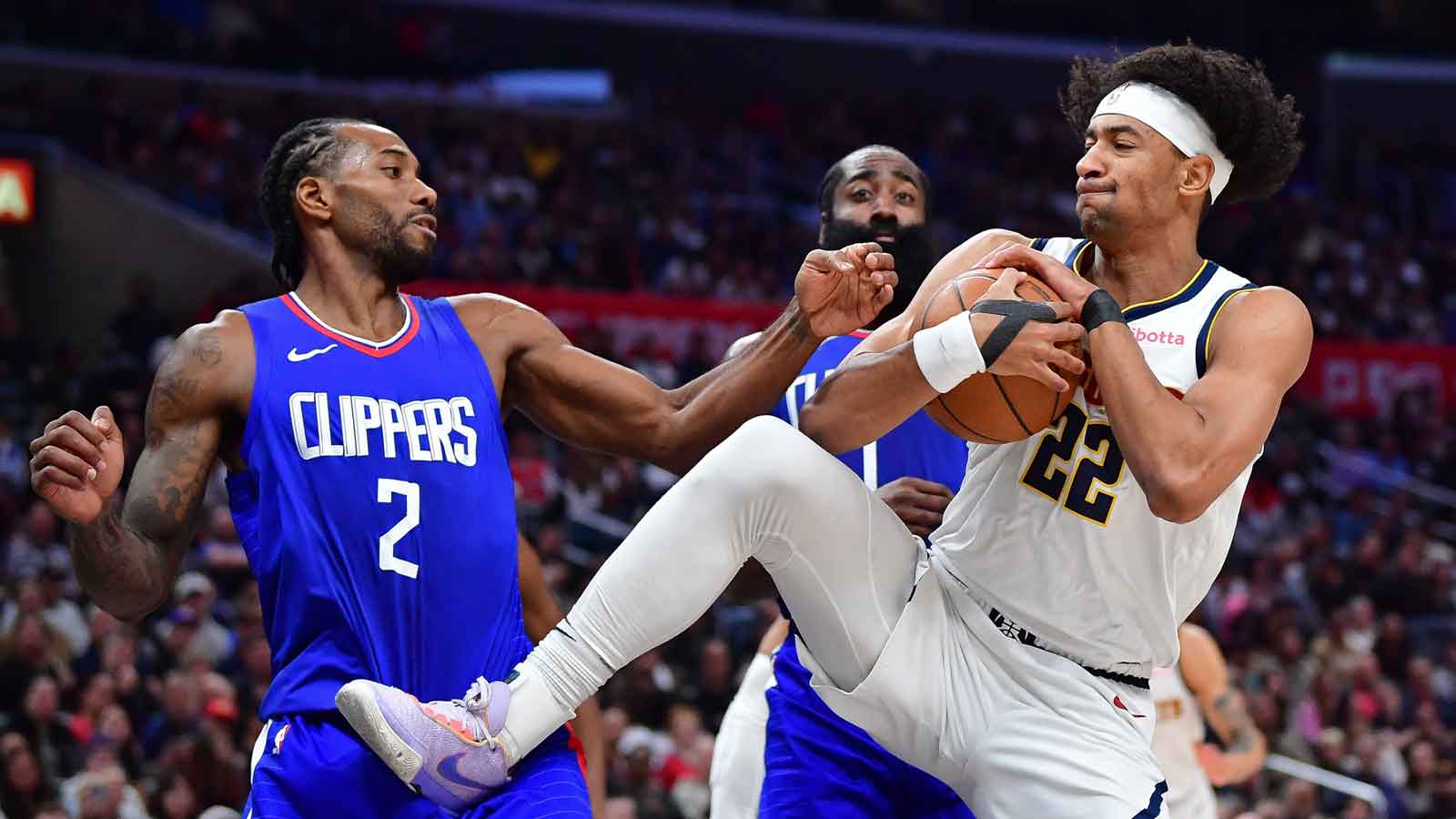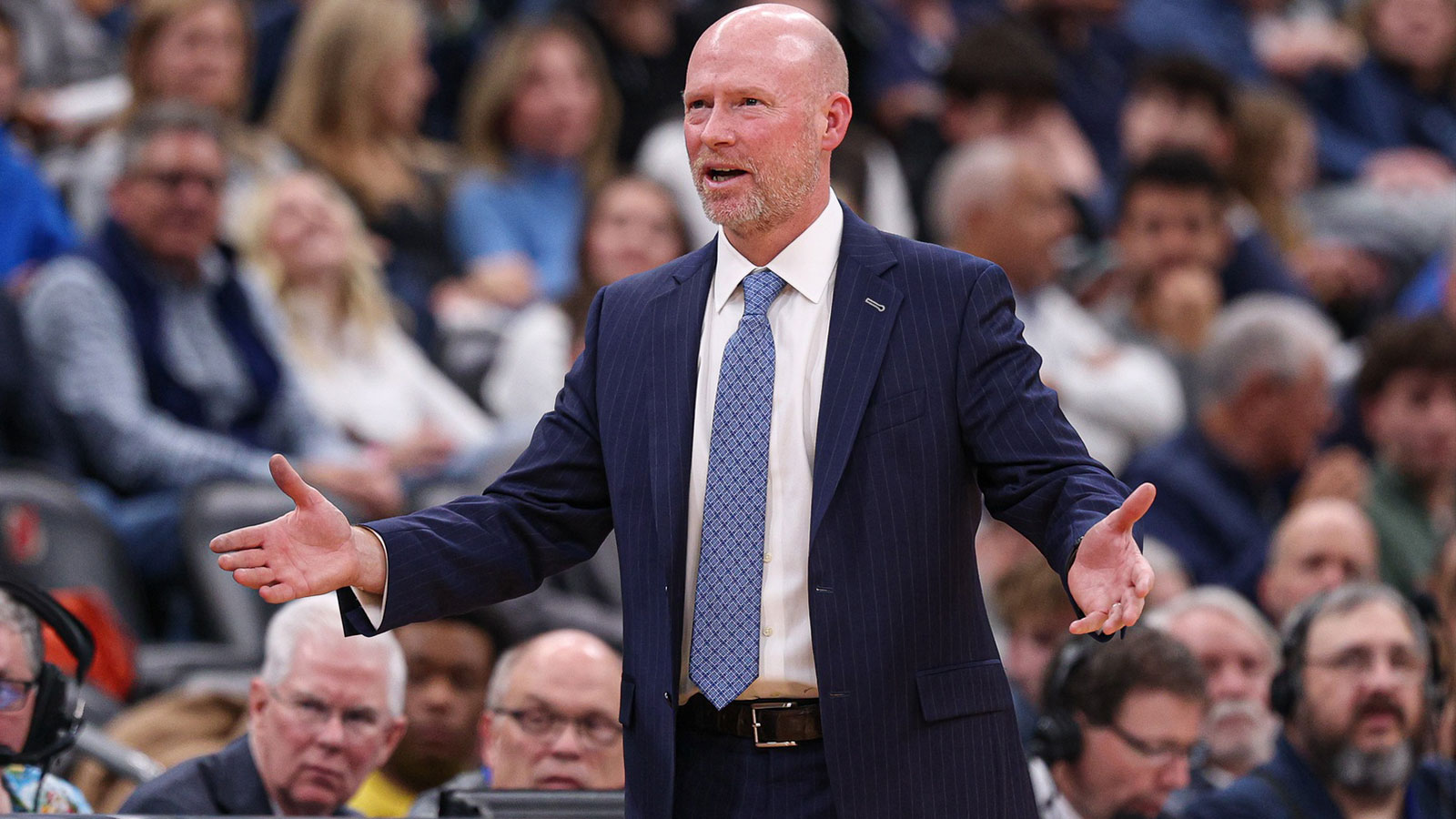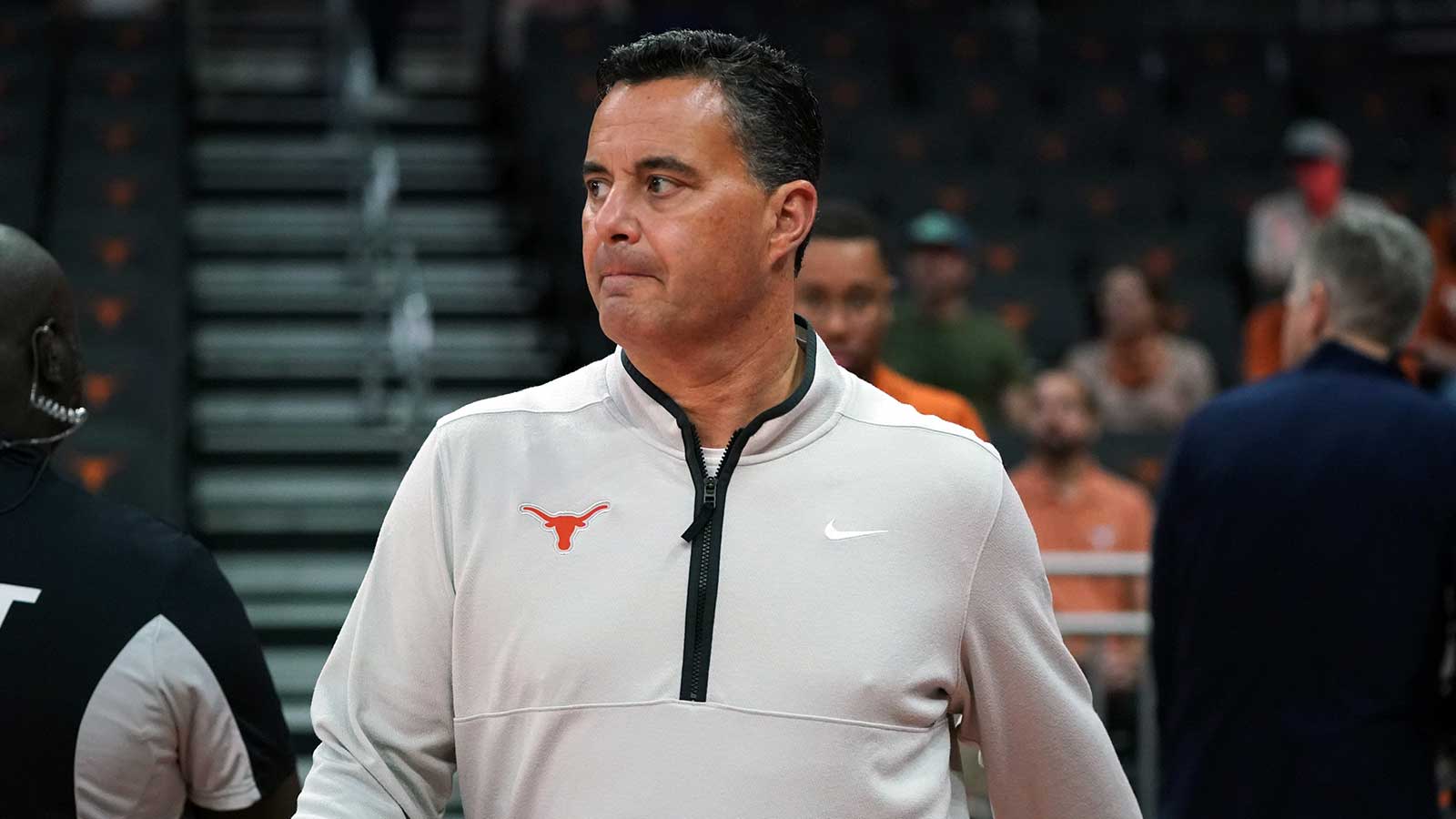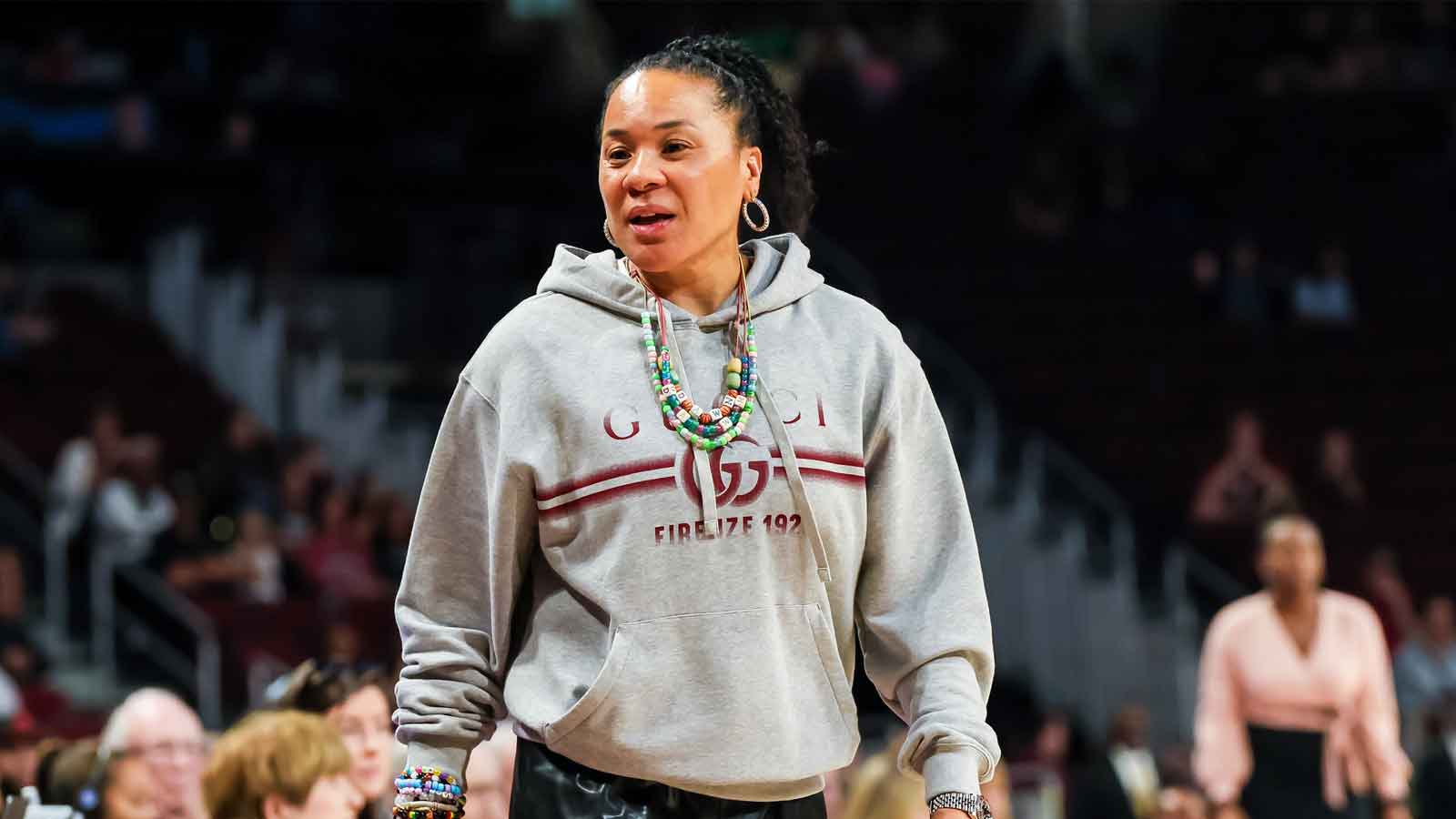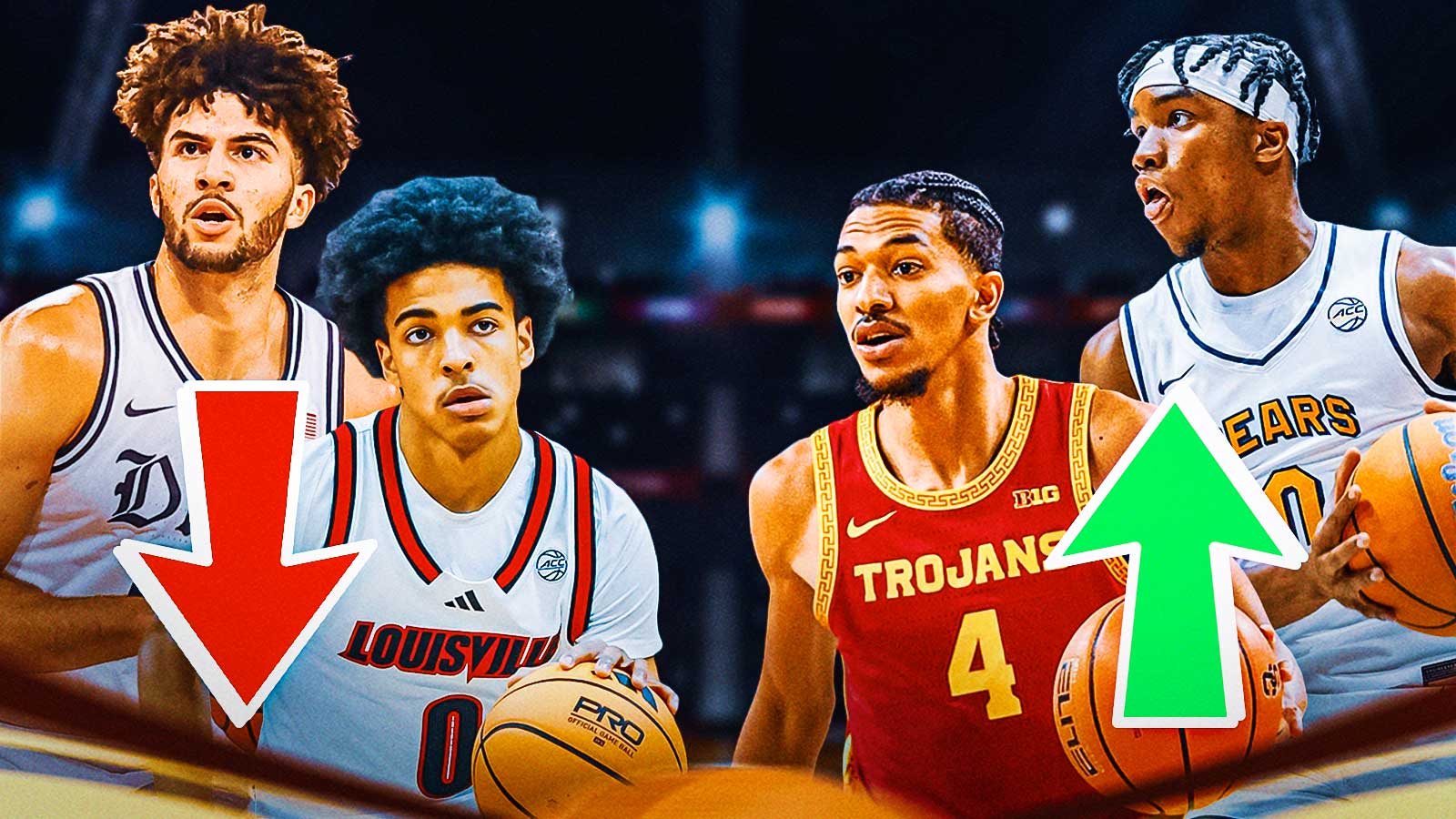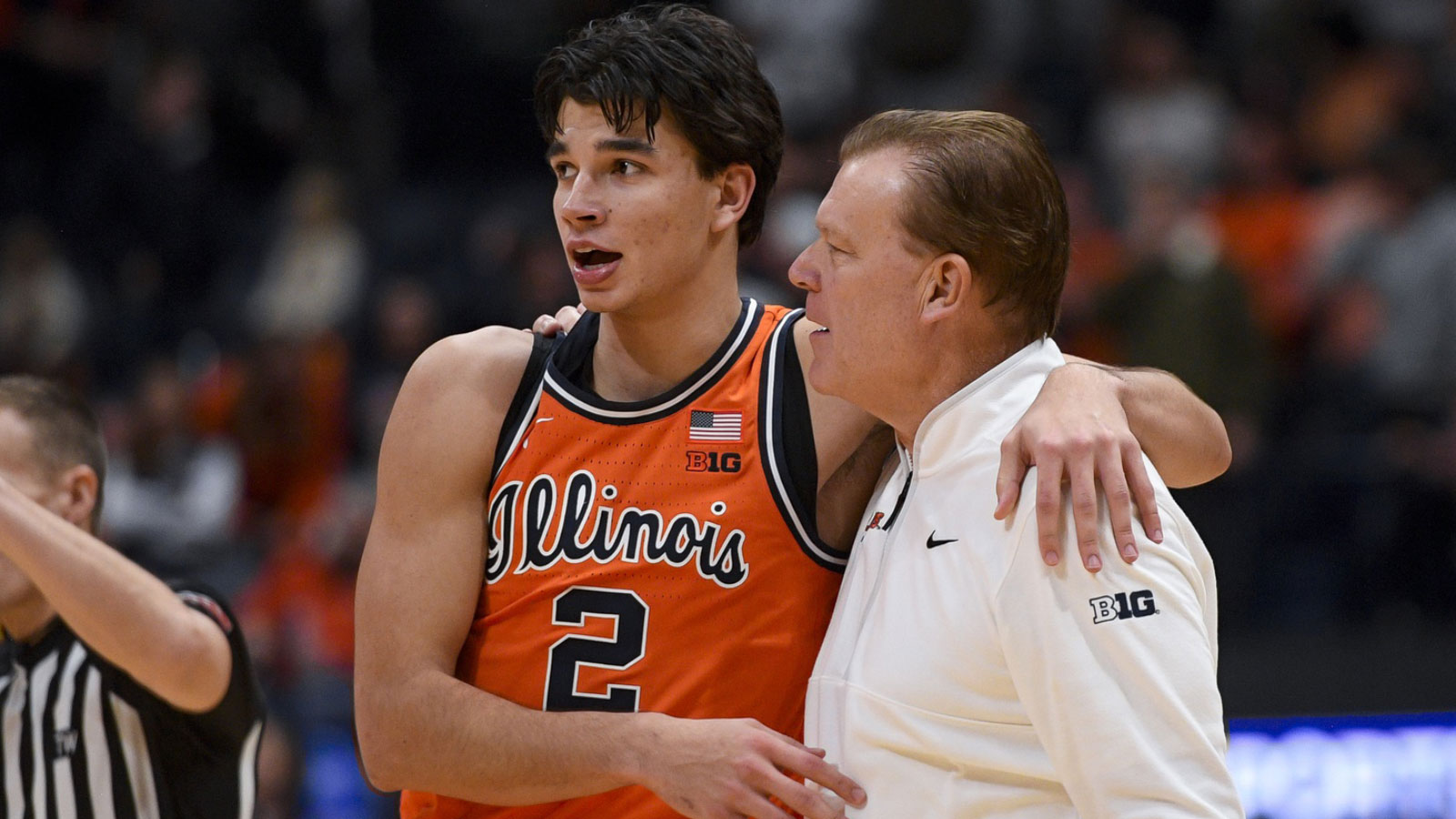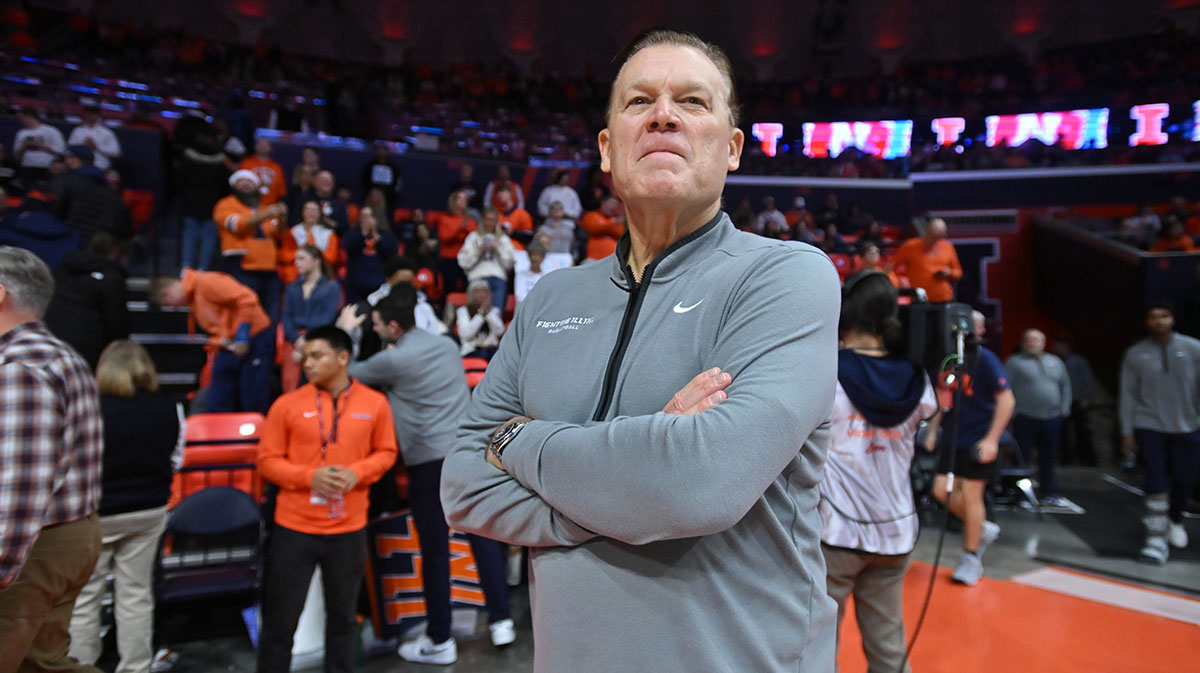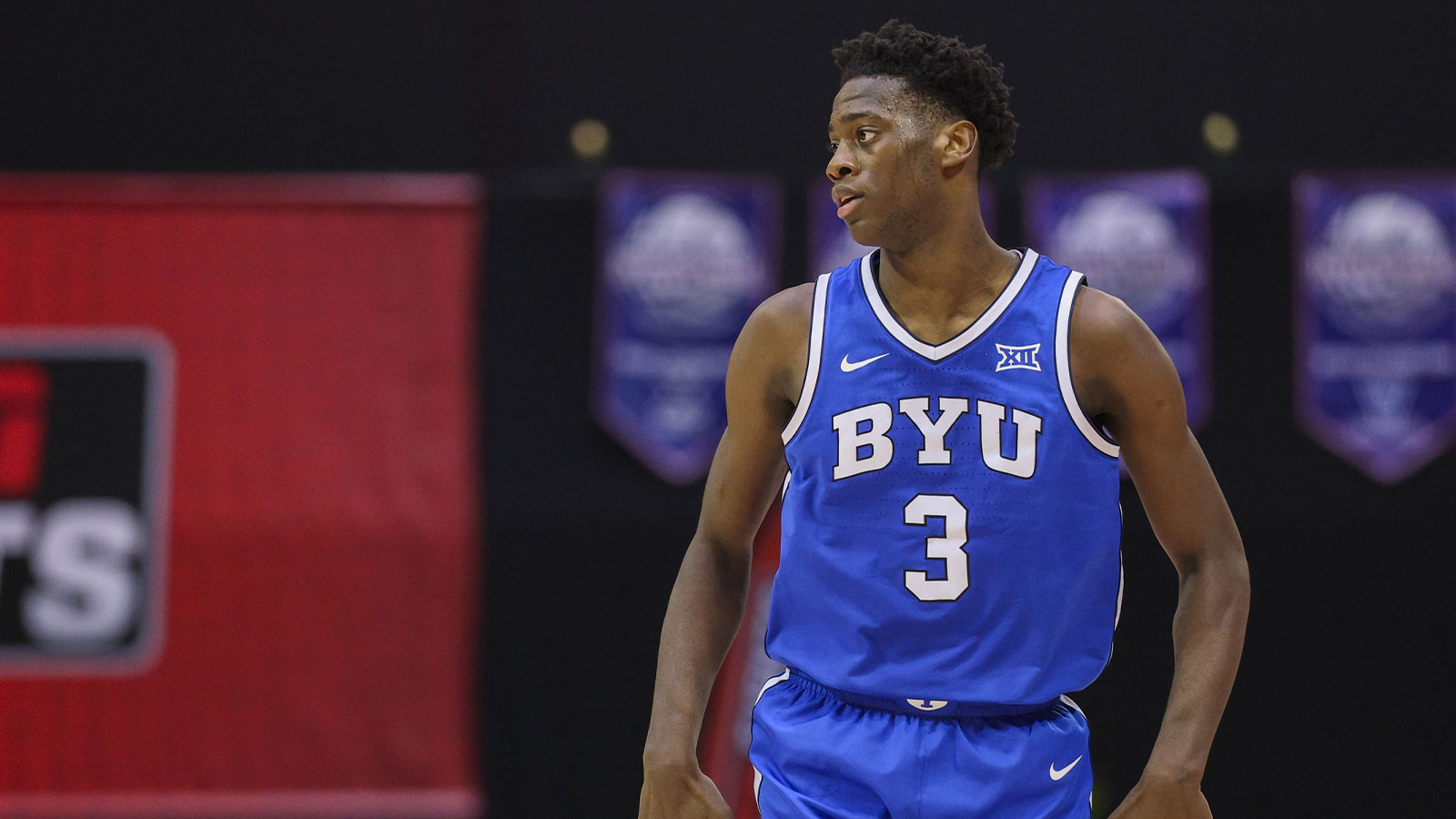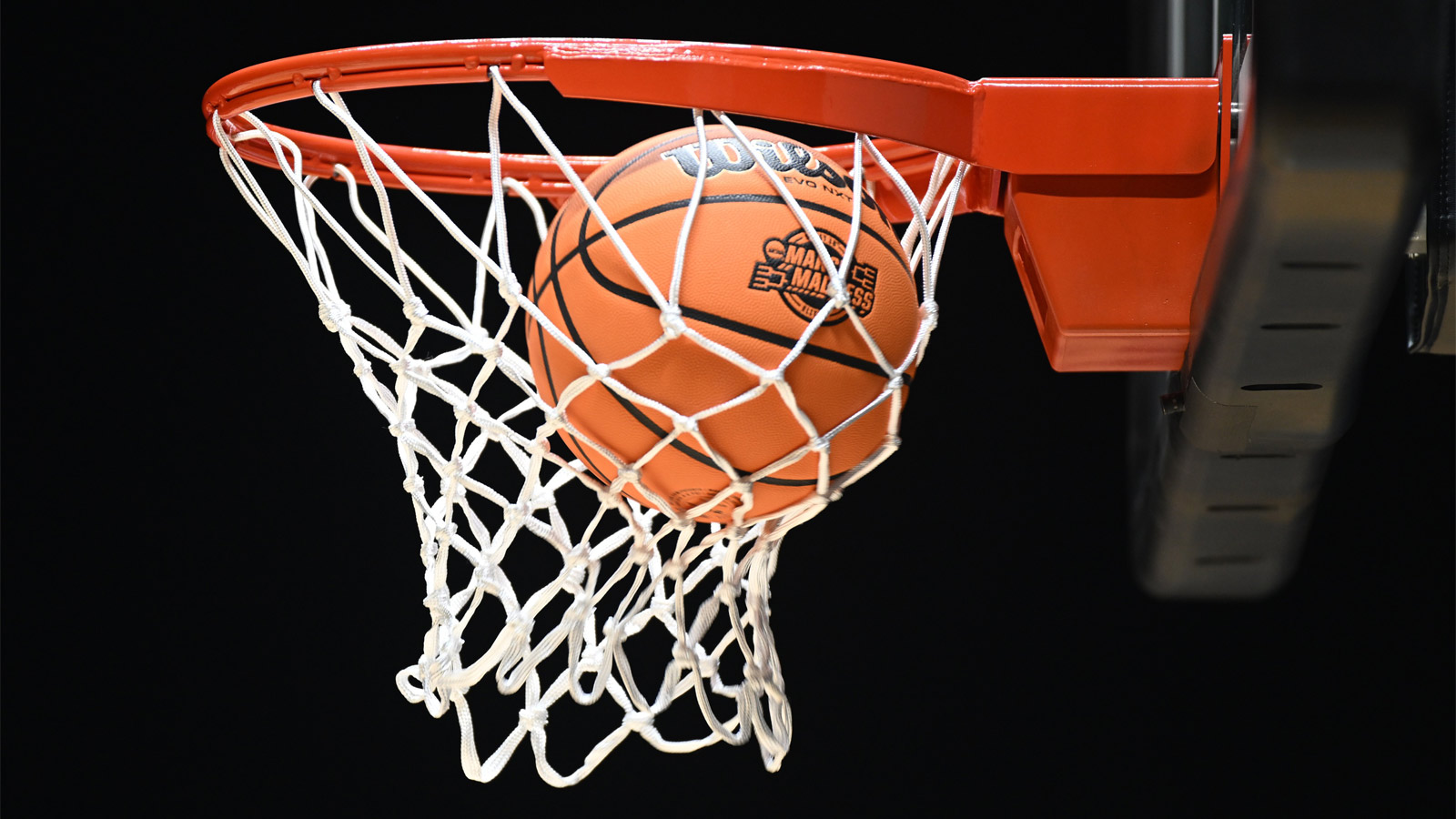March Madness is an exercise in unfulfilled hope, a bloodless culling of 64 teams down to one. But, for now, the empty NCAA Tournament bracket is a place for possibility, at least for some teams, With the NCAA Tournament being an unpredictable, matchup-dependent beast, here are the winners and losers from Selection Sunday.
Winner: Alabama Crimson Tide
As the number one overall seed in the NCAA tournament bracket, Alabama was rewarded with the easiest draw of any top seed. For the opening two rounds, they'll play in Birmingham, Alabama, essentially turning purportedly neutral site games into home games. While West Virginia could loom as a frisky matchup in the Round of 32, ‘Bama's home court advantage makes it nearly impossible to imagine them getting upset in the first weekend. To wit, the bottom half of their bracket is abnormally weak, with Arizona and Baylor lacking the consistency that's normally associated with their seeding.
Loser: The Big 10
The Big Ten hasn't won an NCAA Tournament in over 20 years—and this year won't be the year they end their embarrassing streak. While Purdue is a number one seed, their recent performance hardly inspires confidence and the winner of Memphis-Florida Atlantic could push them to the limit in the second round. If Purdue makes it to the Sweet 16, they'll be greeted with an even gnarlier match-up—fifth seeded Duke is the hottest team in the tournament; Tennessee is a darling of advanced metrics like KenPom and Barttorvik; Louisiana and Oral Roberts are both prime Cinderella candidates. While the Big Ten has eight teams in the tournament, Purdue is the only one with a top-three seed, making them the conference's best and probably only only opportunity to break their two decade-long schneid.
Winner: Big 12
The Big 12 has been handily the best conference in college basketball this season—the league placed seven of its 10 teams in March Madness and even that undersells its dominance. The four teams with the most Quad 1 wins are all Big 12 teams; all eight of the March Madness-bound teams are on the top half of the S-curve. With Kansas as the one-seed in the West, Texas as the tw0-seed in the Midwest, Baylor the three-seed in the South and Kansas State as the three-seed in the east, it's not inconceivable that the conference sends two (if not three, if not four) teams to the Final Four. And next year, the conference will be even stronger—Midwest one-seed Houston is Big 12 bound after this season.
Loser: Mid-Majors
College football has always been the bigger money-maker, but the downstream effects of that money have never been more apparent. Outside of the Big East, only one team without an FBS football team received an at-large bid (St. Mary's). Conferences like the A10 and WCC have long been vital to the larger college basketball eco-system, providing a place where basketball-focused mid-major schools could find a home and thrive. But with conference realignment funneling all the money and influence towards the power conferences, only the Big East has been able to provide a vision of how to decouple basketball success from football riches. Even amongst the power five conferences, the Big Ten and SEC, the two polar powers in college football, dominated the bid list with eight bids apiece. If you want to be a good college basketball team, you better have a good enough college football team too.








